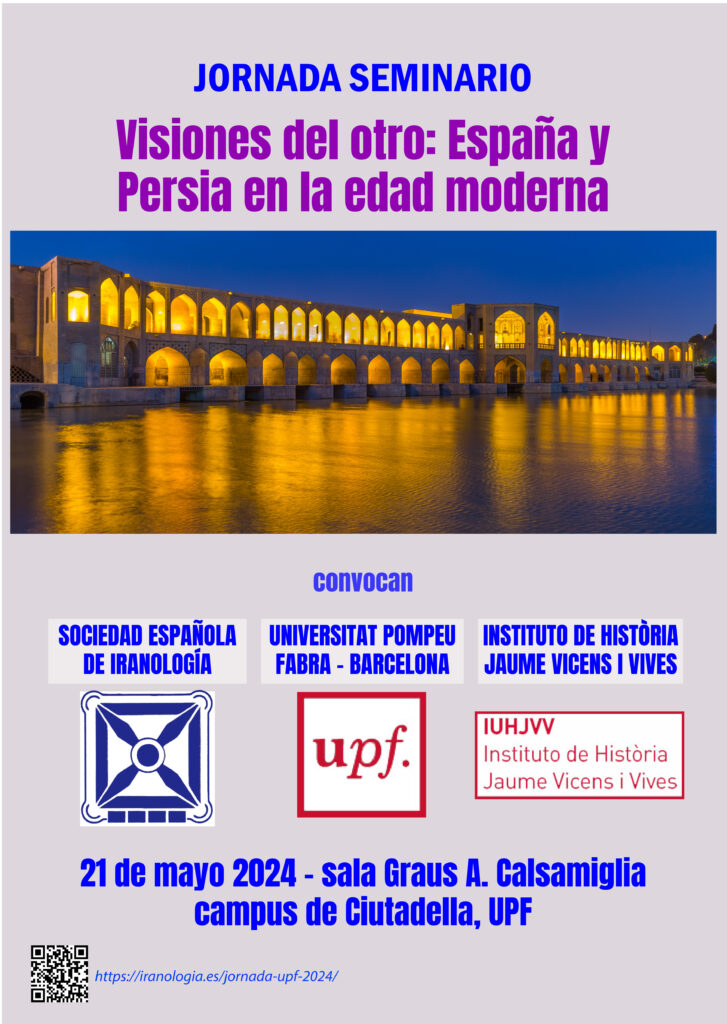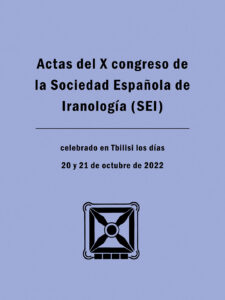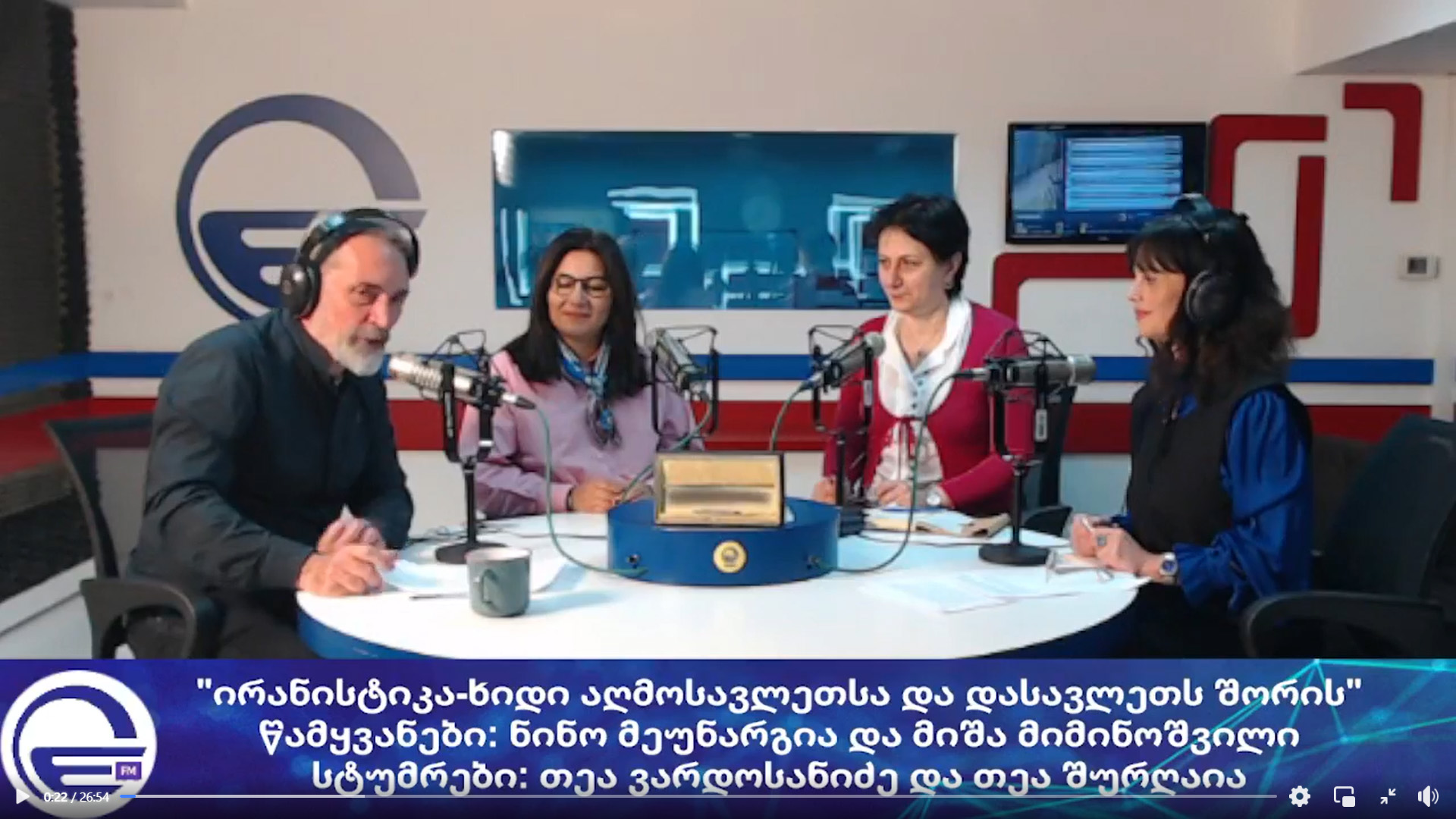front page
april 2025
CONFERENCE ON ANCIENT IRAN
On April 21st, at 7:00 p.m. in the Auditorium of the State Public Library in Guadalajara, Simón Luis Gutiérrez Castro, member of the SEI, will give a lecture on ancient Iran.
Free admission
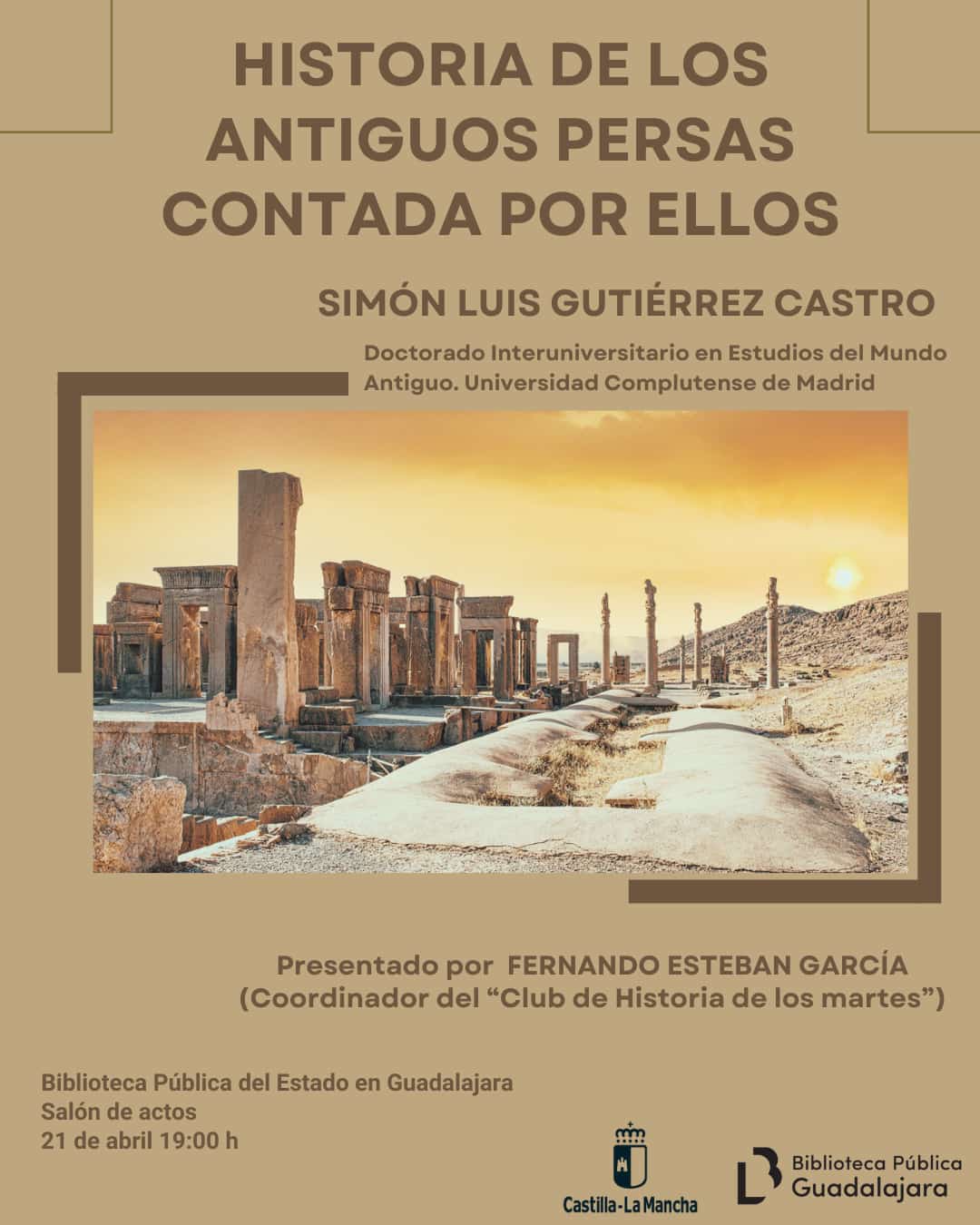
october 2024
The general meeting of members of the Spanish Society of Iranology has been called for next November 27, 2024 at 6:00 p.m. in the Meeting Room of Building A of the Faculty of Philology of the UCM (Universidad Complutense de Madrid)
june 2024
in memoriam ANA BRIONGOS
 From the SEI our deepest condolences for the death of Ana Briongos, a great expert on Iran, tireless traveler, writer, lecturer and whose love and respect for the East she was able to transmit to the younger generations. Thank you, teacher and friend, for leaving us your legacy which we will take care of with the same care that you payed to each space of daily life without gaps between the science you were passionate about and the Persian cultural universe.
From the SEI our deepest condolences for the death of Ana Briongos, a great expert on Iran, tireless traveler, writer, lecturer and whose love and respect for the East she was able to transmit to the younger generations. Thank you, teacher and friend, for leaving us your legacy which we will take care of with the same care that you payed to each space of daily life without gaps between the science you were passionate about and the Persian cultural universe.
In homage to her and her work, we remember here, on the one hand, her publications, and, on the other hand, her participation in the conference event “The Journey as a Story”, held on November 7, 2013 at Casa Arabe in Madrid, and with the participation of Ana Mª Briongos herself and Alfred G. Kavanagh, then president of the SEI and expert in Iranian culture.
april 2024
WORKSHOP – SEMINAR
Perception of the other one: Spain and Persia in the modern age.
May 21, 2024 in the Graus A. Calsamiglia room, at the Pompeu Fabra University in Barcelona.
Jointly convened by the Spanish Society of Iranian Studies, the Pompeu Fabra University of Barcelona and the Jaume Vicens i Vives Institute of History.
The objective of this day is to highlight the cultural and historical ties that have existed between Spain and Iran over time, from the first diplomatic contacts to reciprocal artistic influences, as well as to encourage the development of new projects between the universities of both countries.
april 2024
Round table “Iran, current challenges”.
With the participation of our vice president Juan Carlos Pastor Gómez and of Barah Mikail, partner of the SEI and professor at Saint Louis University.
Monday, April 22 at 10:30 a.m.
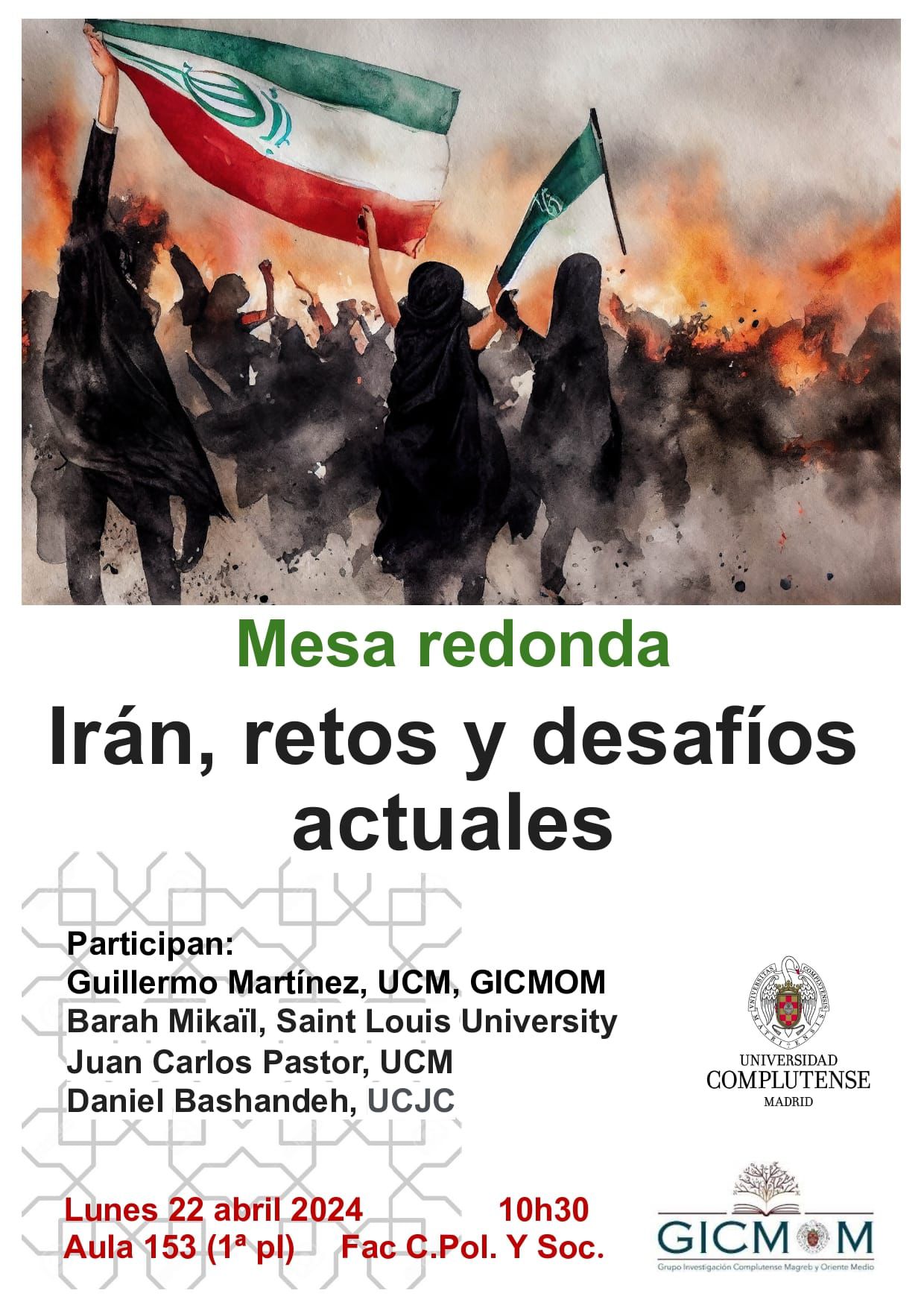
april 2024
Publication of the X conference proceedings
The SEI publishes with the collaboration of the Ivane Javakhishvili Tbilisi State University the minutes of its X congress held in Tbilisi in 2022. Consult the publications page of this website to access content.
june 2023
CALL FOR THE XI CONGRESS OF THE SPANISH SOCIETY OF IRANIAN STUDIES
The XI congress of the SEI is convened to be held on October 26 and 27, 2023 at the Xacobea Academy headquarters, in Santiago de Compostela, with the support of the University of Santiago de Compostela. All those interested in Iranology are invited to participate as assistants or by presenting a communication.
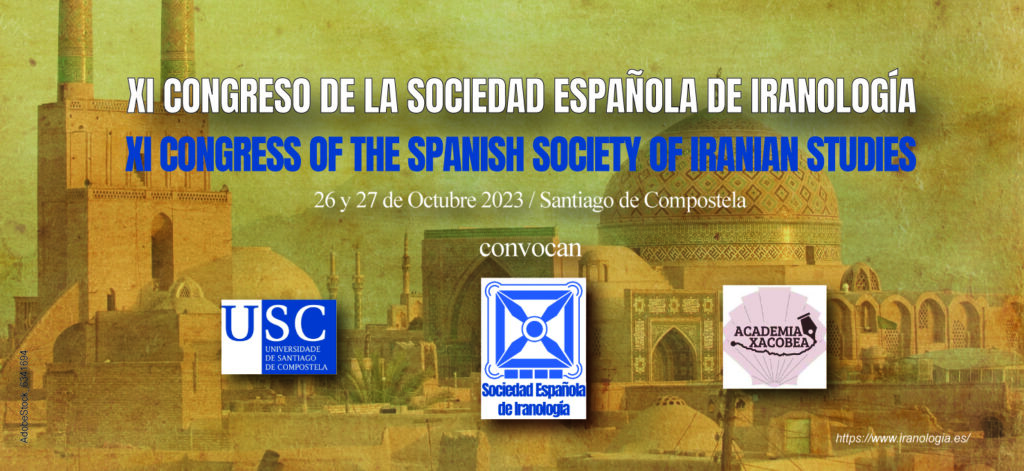
April 2023
HESPERIA CULTURAS DEL MEDITERRÁNEO Magazine presents in its 26th issue a monograph dedicated to Iran.
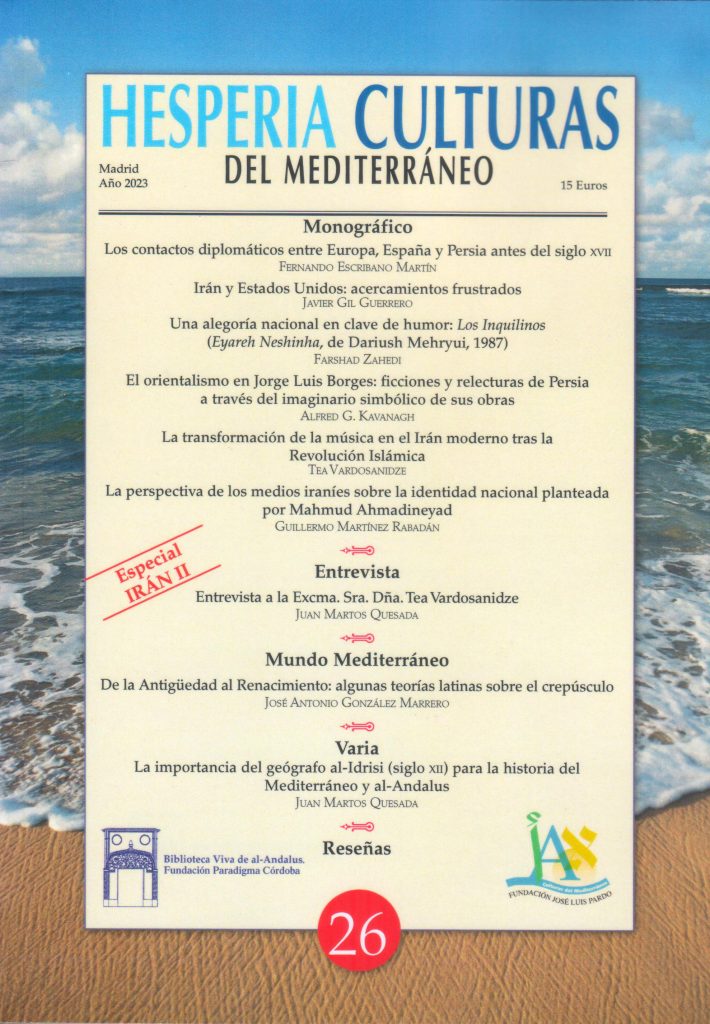
this issue features contributions from: Fernando Escribano Martín, Javier Gil Guerrero, Farshad Zahedi, Alfred G. Kavanagh, Tea Vardosanidze, Guillermo Martínez Rabadán, Juan Martos Quesada and José Antonio González Marrero.

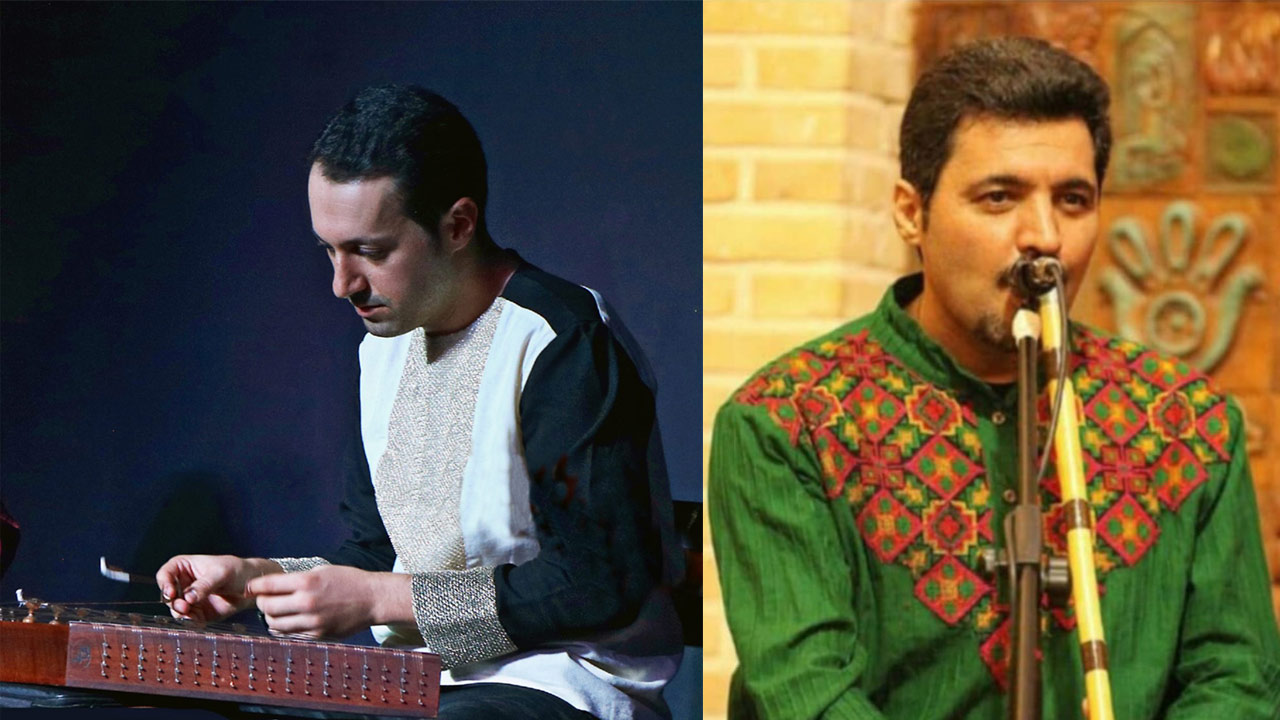
![]() Have you ever heard the ney, the daf or the psaltery?
Have you ever heard the ney, the daf or the psaltery?
![]() On the day of music (#DiadelaMusica) we will bring you closer to traditional Persian music (#persa) with a recital by Hamid Vodjdanpak and Morteza Fath
On the day of music (#DiadelaMusica) we will bring you closer to traditional Persian music (#persa) with a recital by Hamid Vodjdanpak and Morteza Fath
![]() November 22 – 19h
November 22 – 19h![]() Centro Casa Asia-Madrid
Centro Casa Asia-Madrid
We will wait for you!
https://www.casaasia.es/…/recital-de-musica-persa-con…/
OCTOBER 2022
Many thanks to the Ivane Javakhishvili University of Tbilisi, the Giorgi Tsereteli Institute of Oriental Studies (Iliauni), the Georgian National Manuscript Center and the Tbilisi Academy of Fine Arts for their support and organization of the 10th SEI International Congress! ! Thanks to all the participants and guests for sharing with us these unforgettable days in the capital of Georgia!
IMAGES OF THE X SEI INTERNATIONAL CONGRESS – TBILISI 2022
(Photographs kindly provided by their author, Mr. Yury Petrovic Kudravzev)





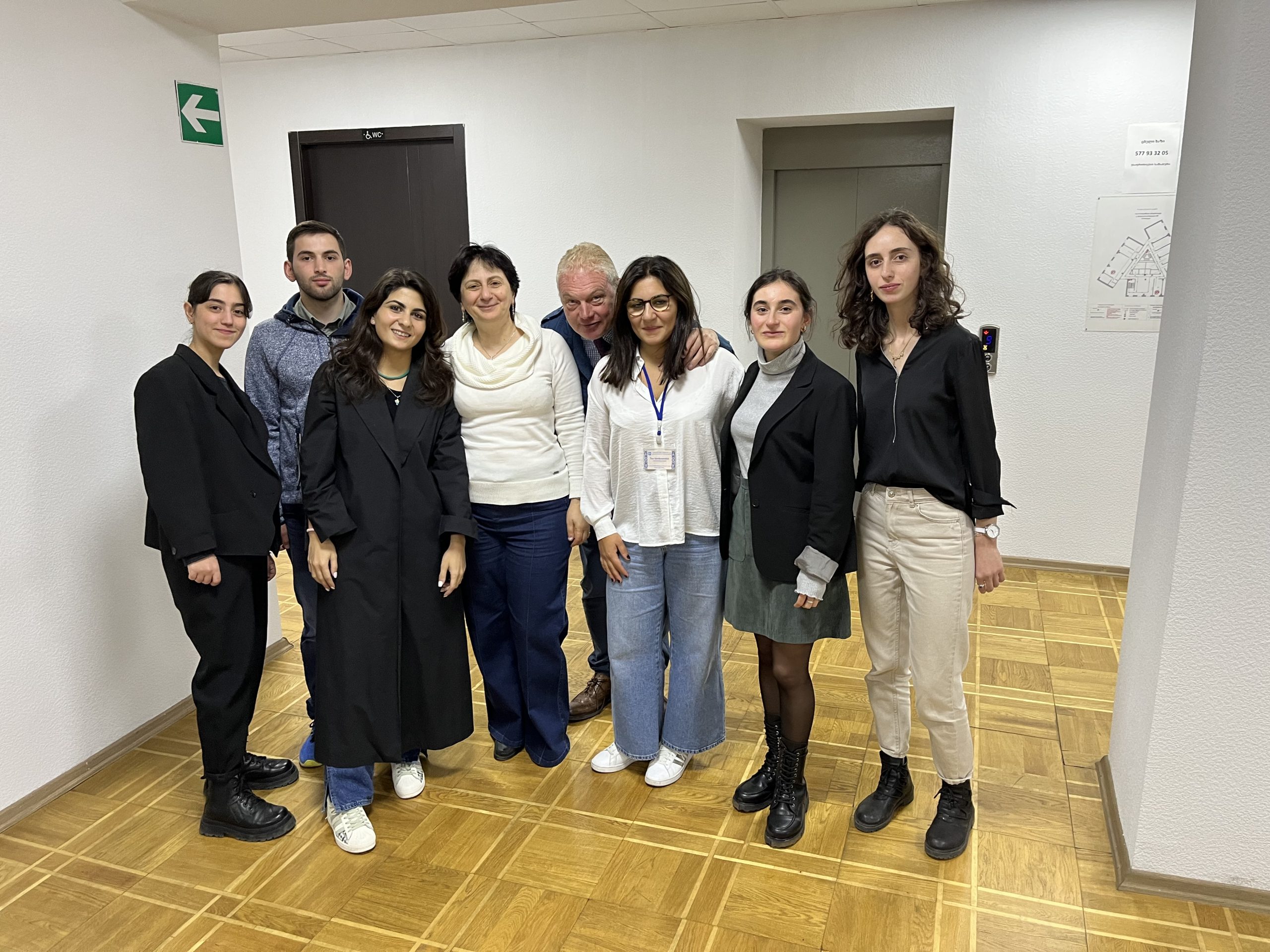
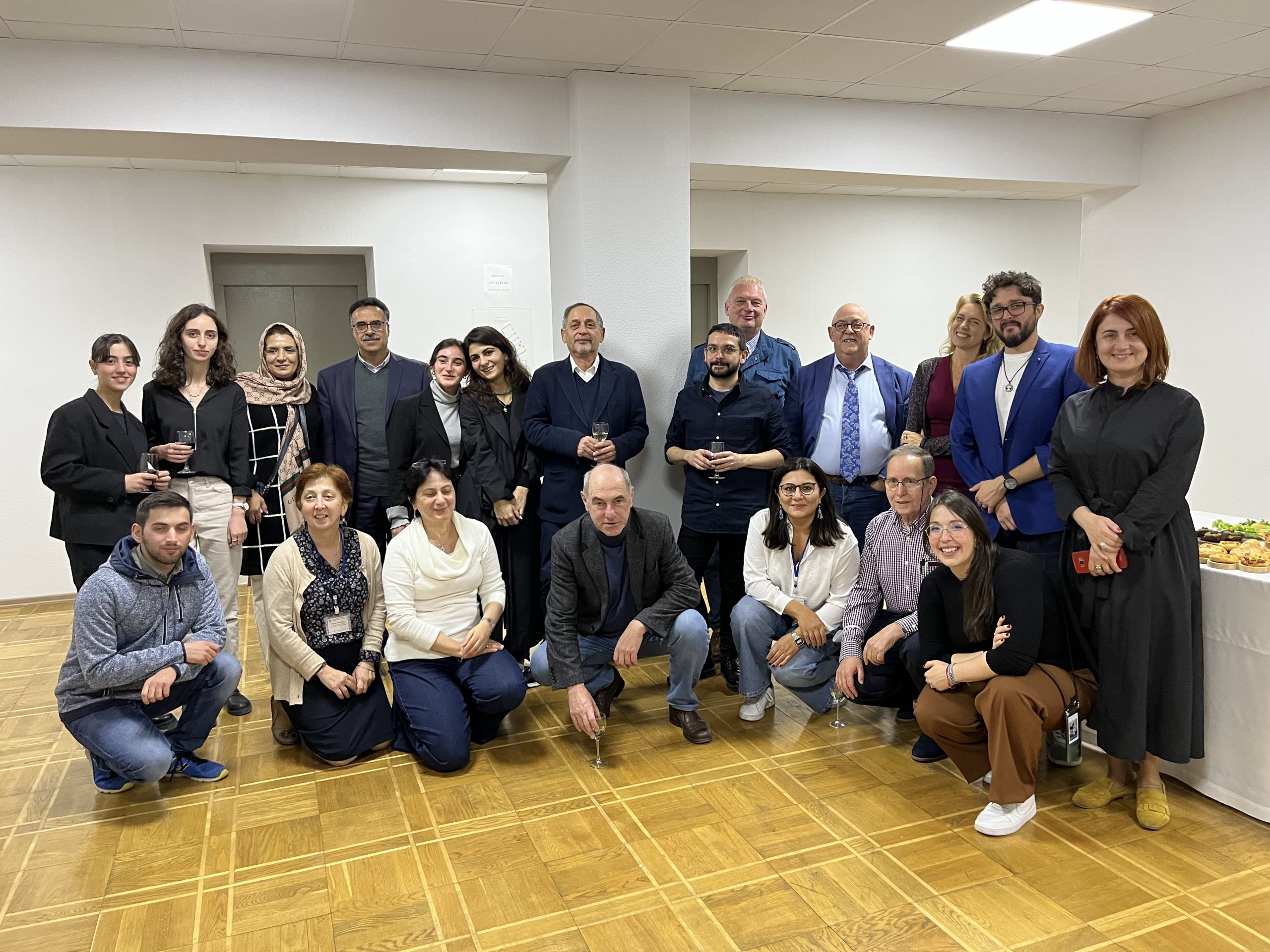

















































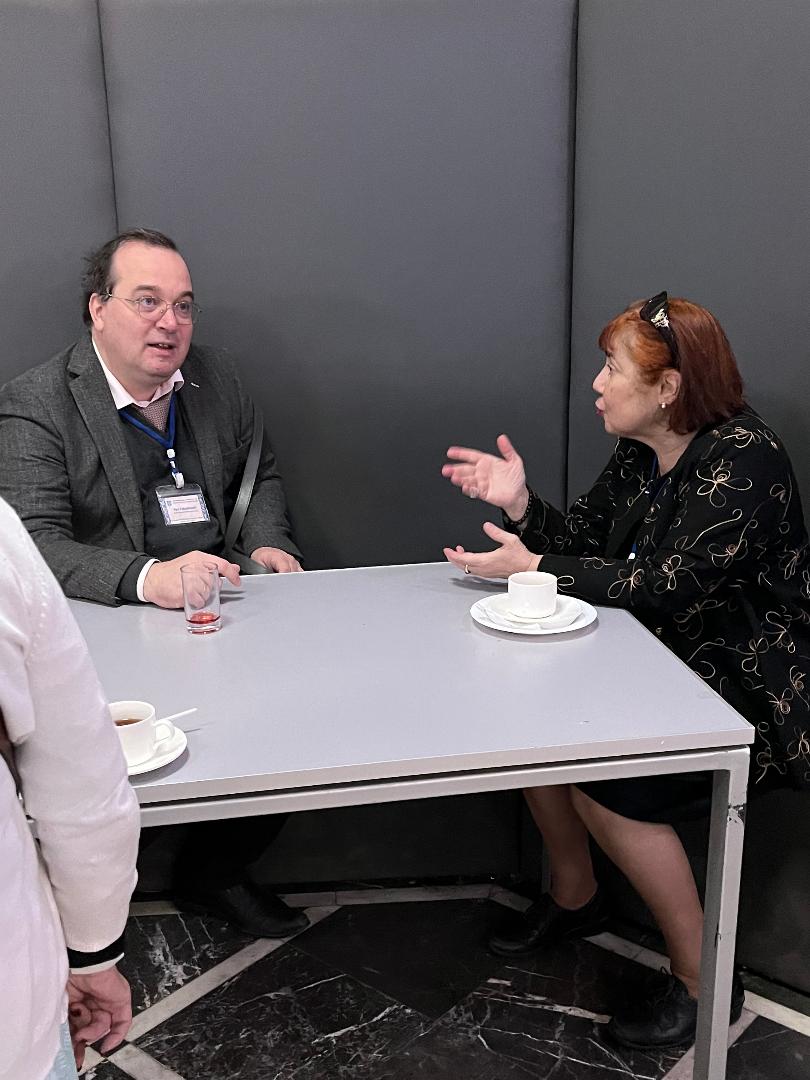










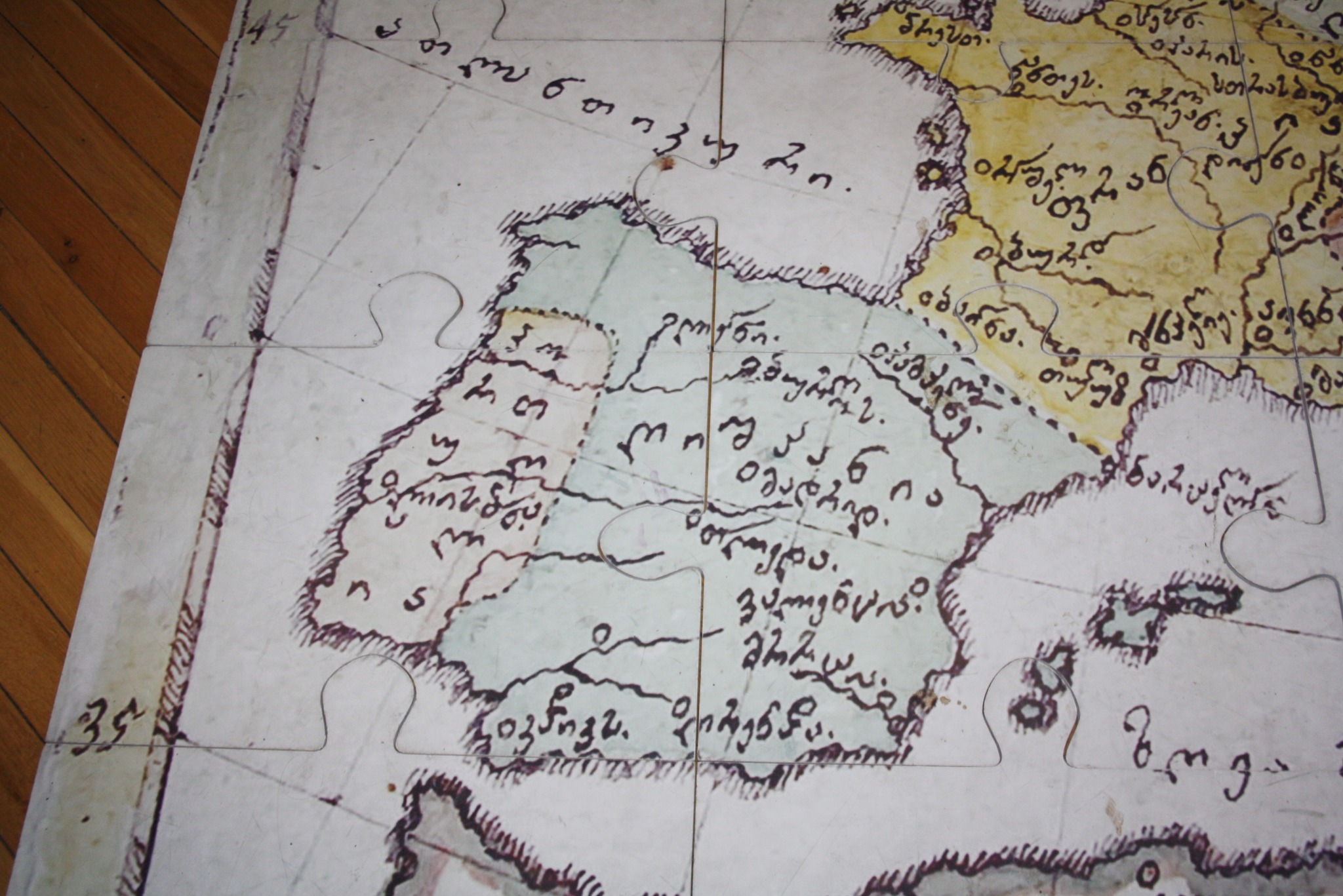

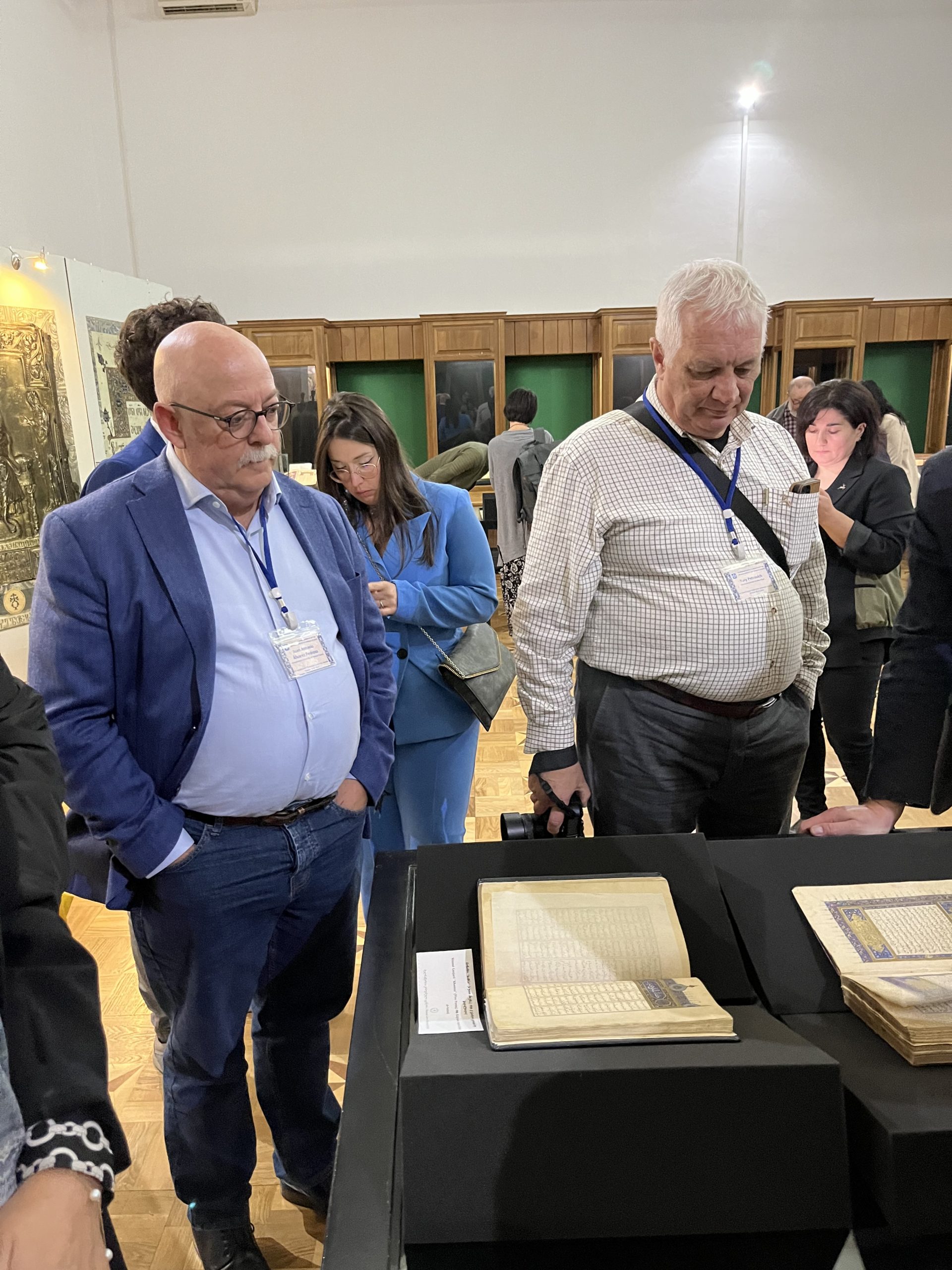
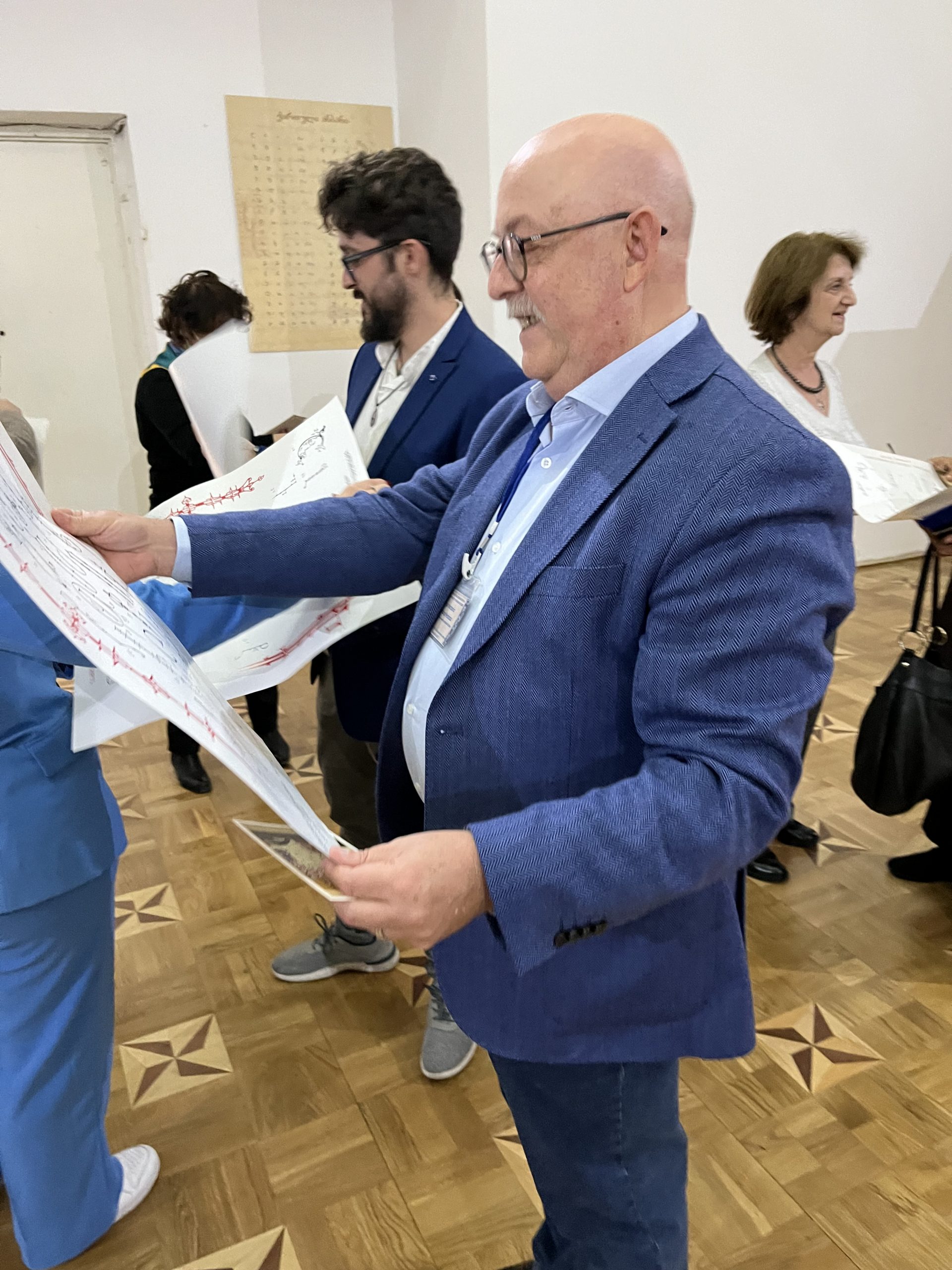

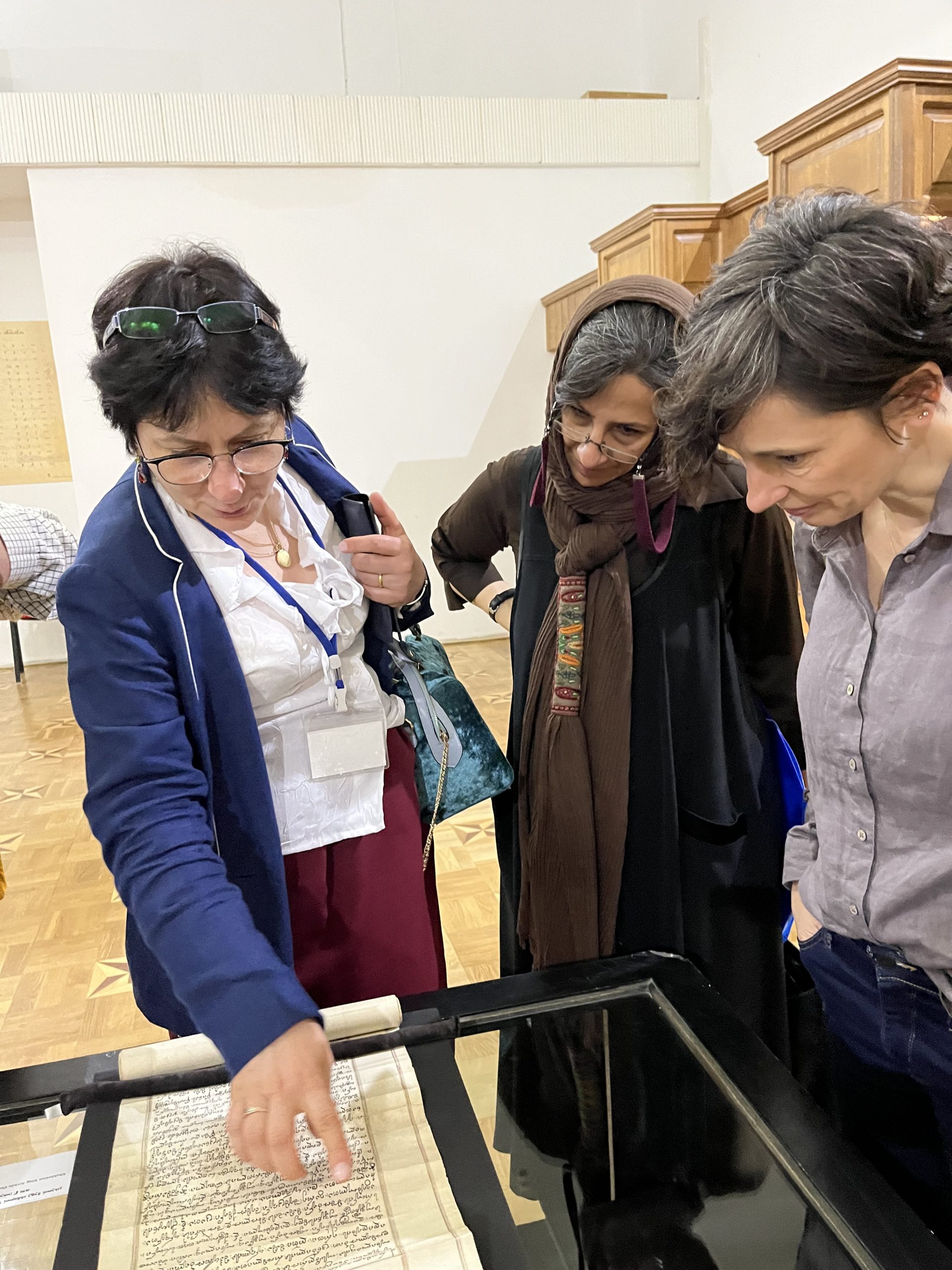












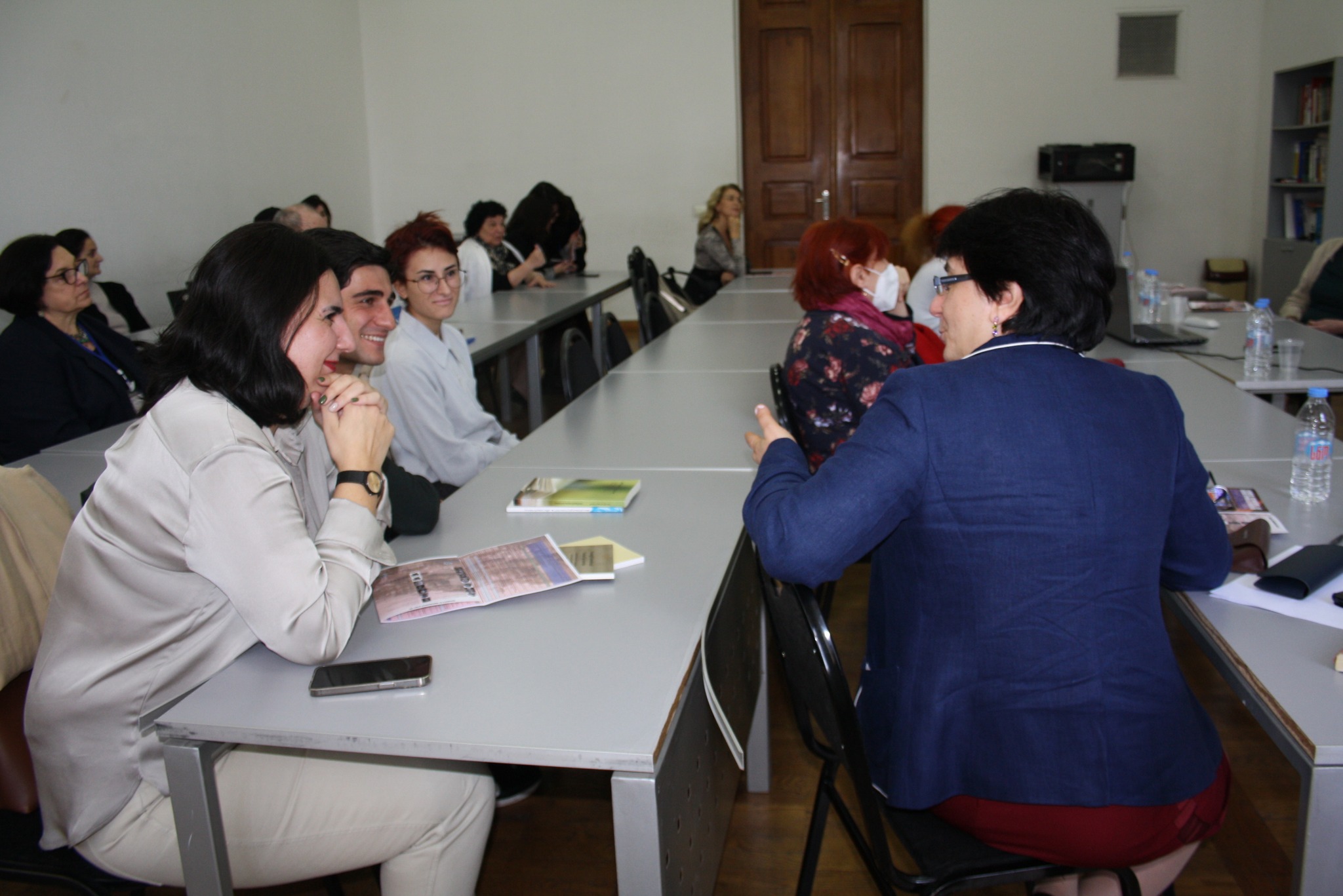

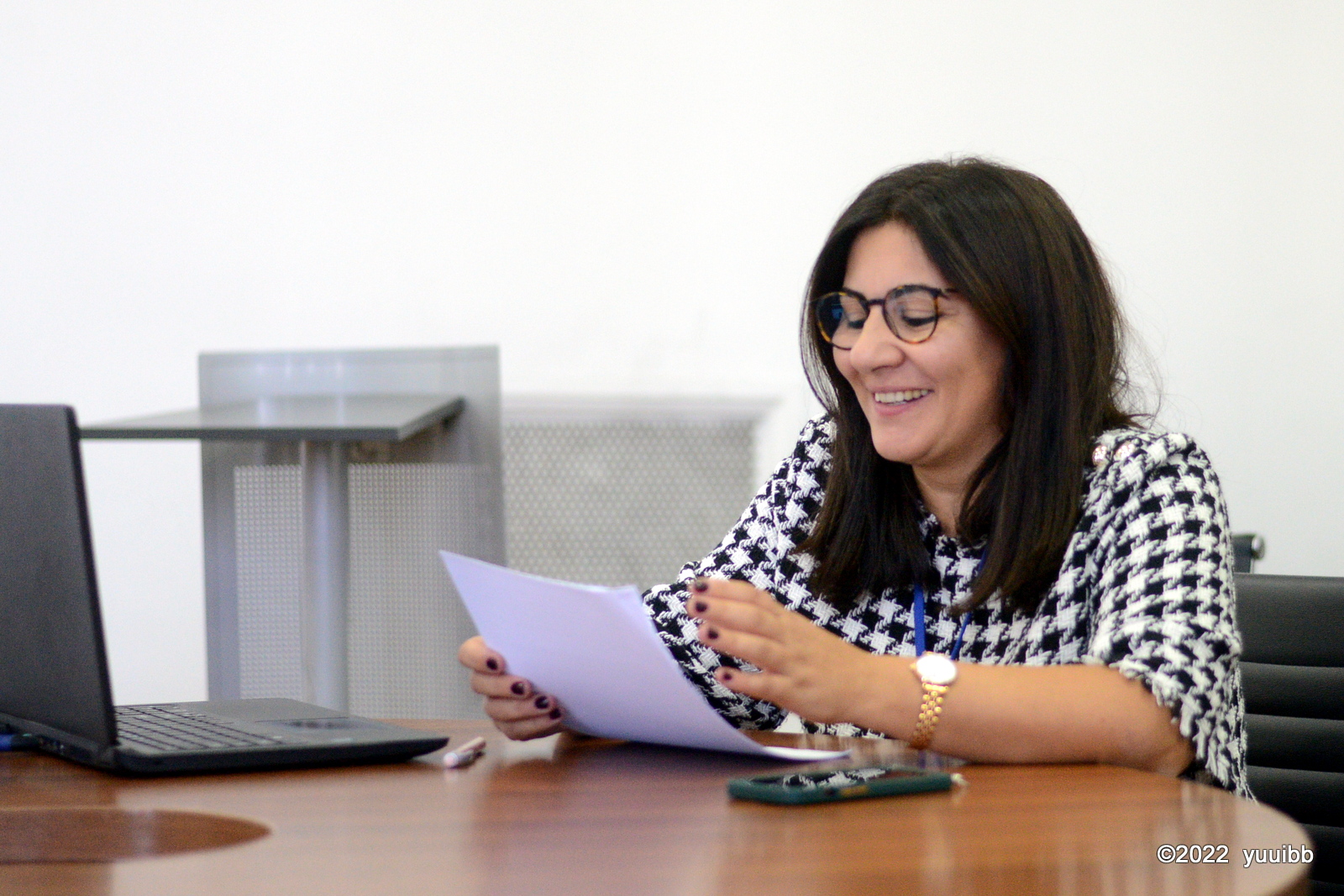


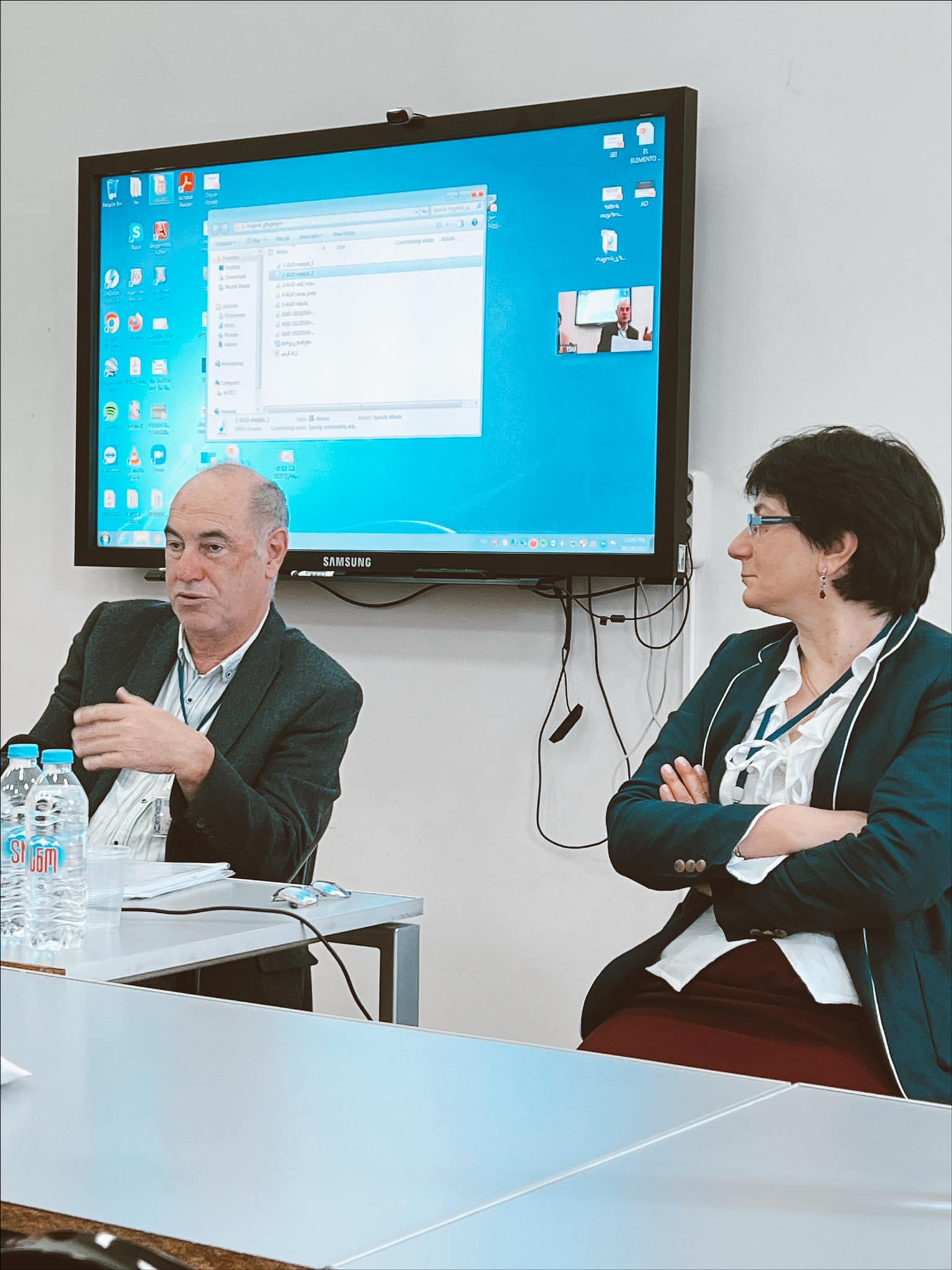
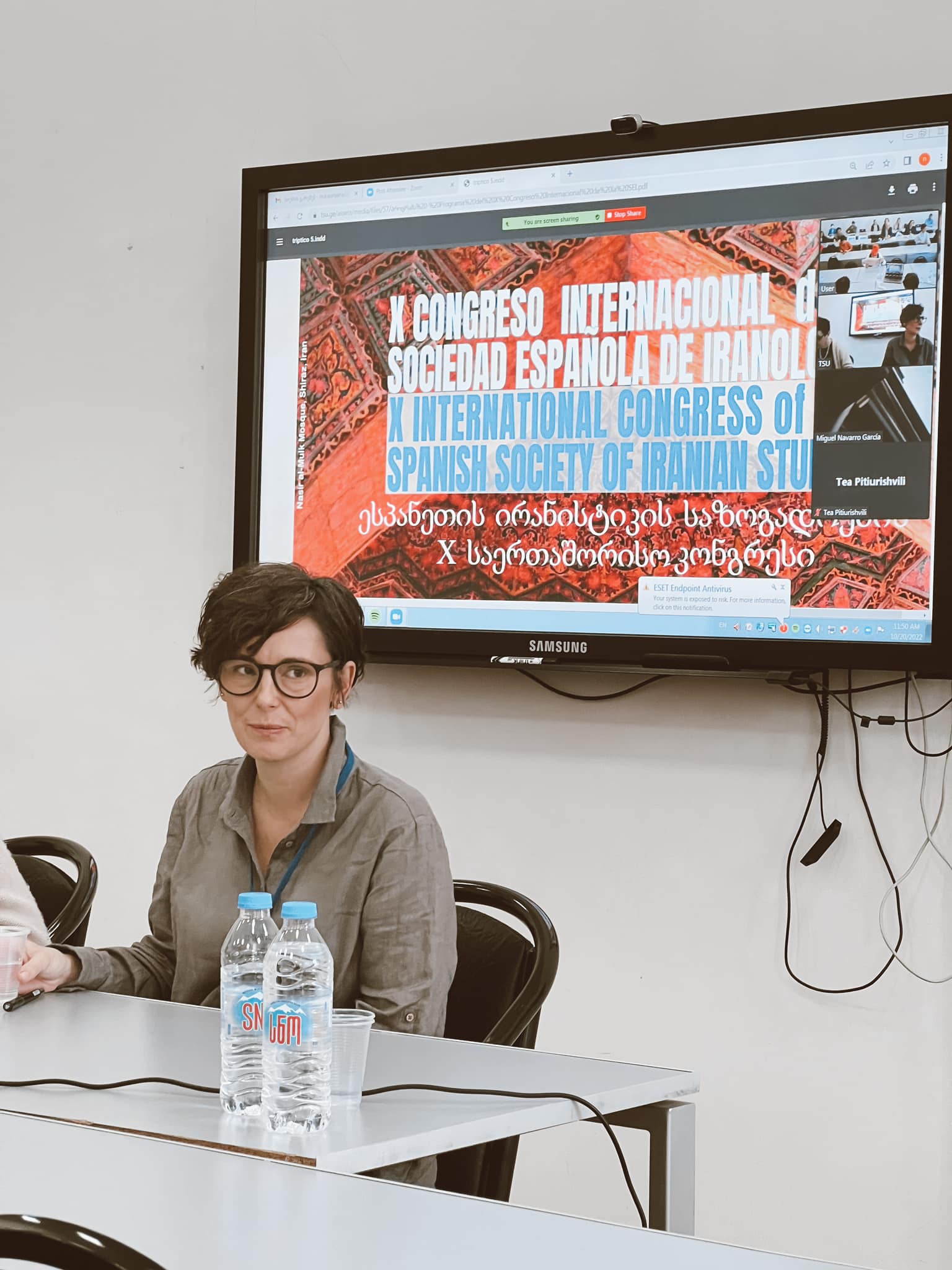




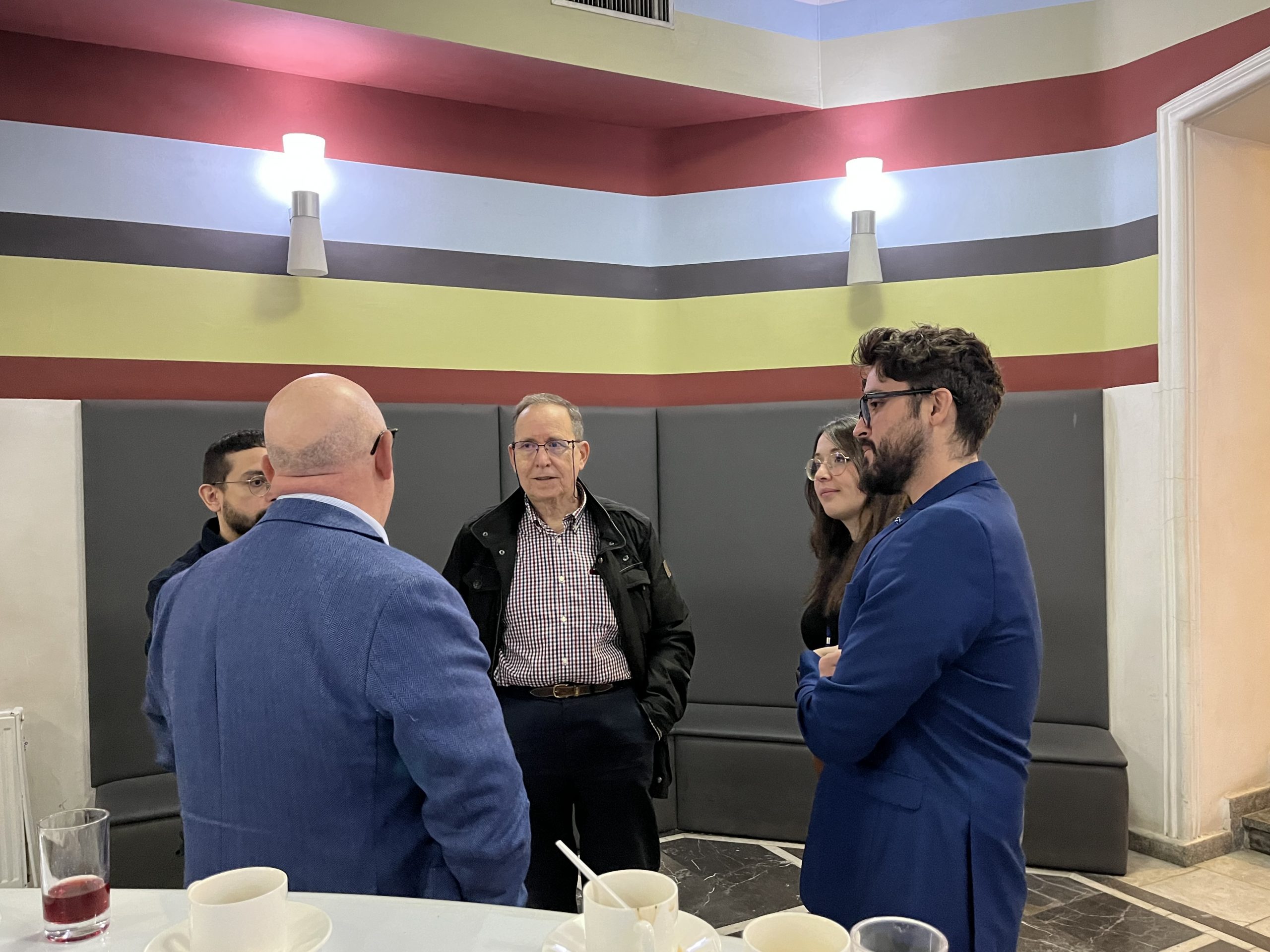
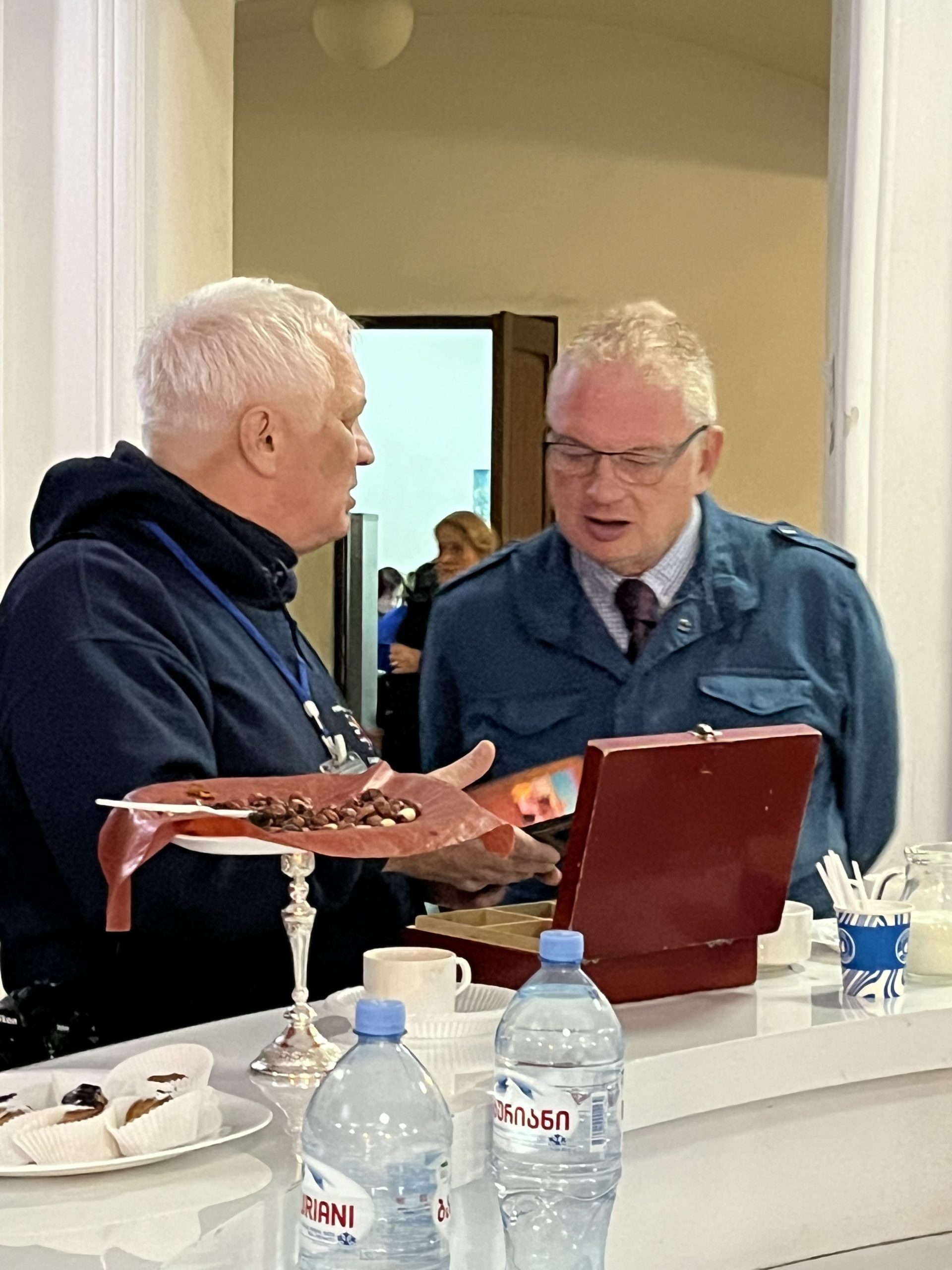
















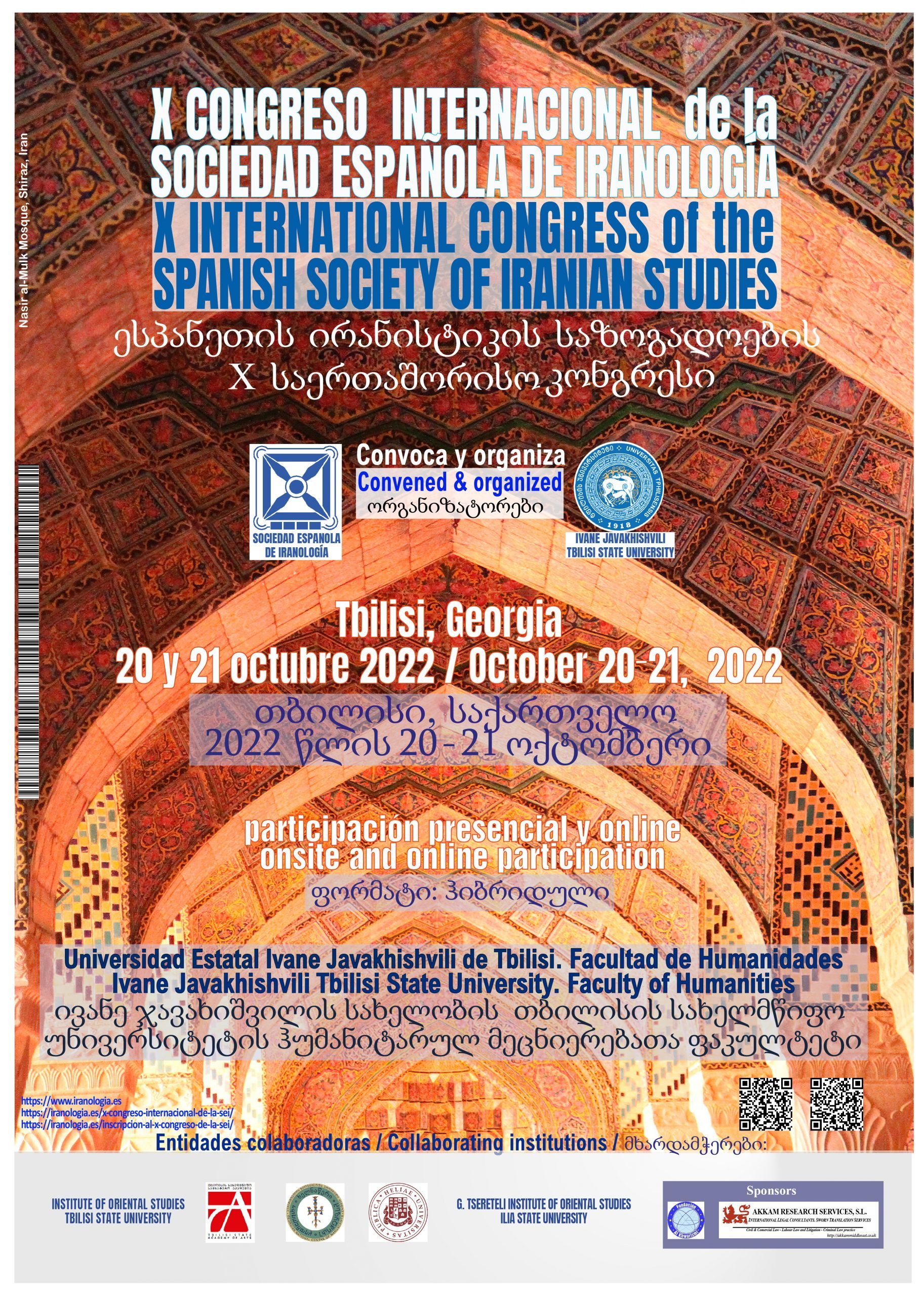
October 2022
Local radio interview with the president of the SEI, Dr. Tea Vardosanidze, and the head of the Iran Studies Area of the Ivane Javakhisvili Tbilisi State University, Dr. Tea Shurgaia, on the occasion of the celebration in Tbilisi of the X International Congress of Iranian Studies of the SEI (click text or image to see interview)
may 2022
UAM (Universidad Autónoma de Madrid) Summer course 2022: Persia’s Cultural Legacy through history: Symbols, Stories, and Encounters
This summer course has two objectives. On the one hand, to offer the main political, cultural, literary, religious and artistic characteristics throughout the different periods of the history of Iran. On the other hand, to show attendees a global image of Iranian culture from ancient times to the present day, focusing on its historical relations with Spain. For this, it has the participation of Spanish and foreign specialists in Iranology.
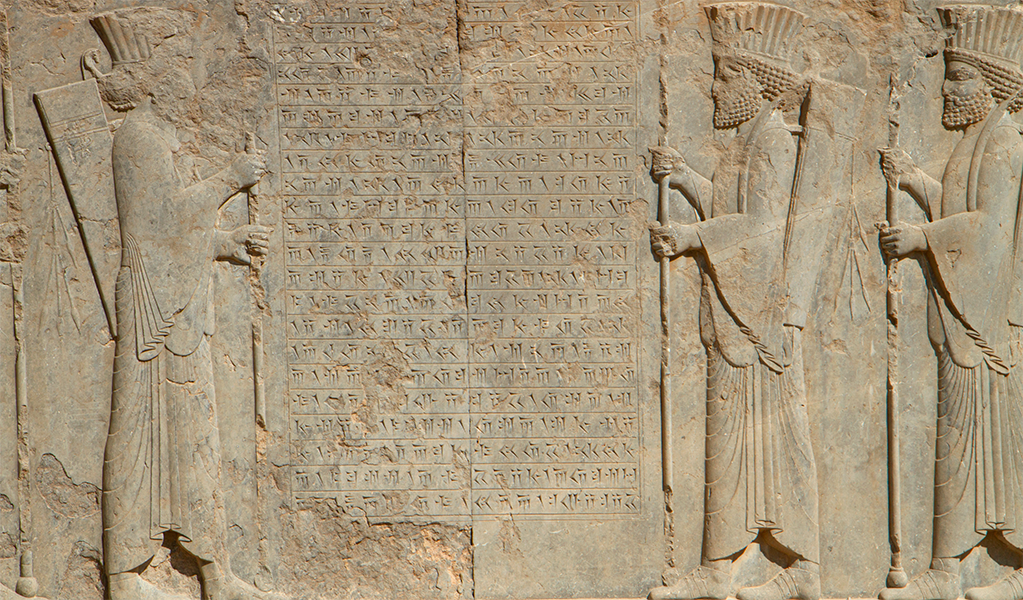
Dates June 24th, 25th and y 26th, 2022
Place Residencia La Cristalera (Miraflores de la Sierra)
Director Fernando Camacho Padilla
Exhibition “Irán a través de los libros/Iran through books”
New initiative of the Persepolis Cultural Center from May 21st to 28th, 2022 from 10:30 a.m. to 2:00 p.m. and from 3:30 p.m. to 8:00 p.m.
Place: Persepolis Cultural Center, 2 Esquilache street, Madrid – subway stations Canal, Cuatro Caminos and Ríos Rosas
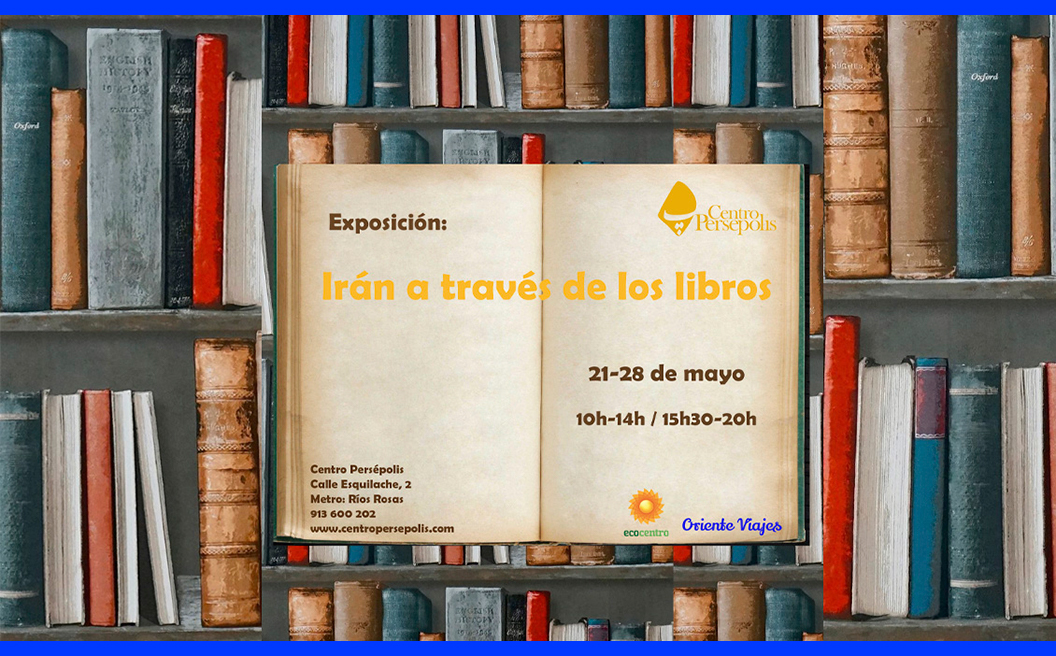 The purpose of this exhibition is to bring together most of the titles in Spanish related to Iranian culture (history, poetry, travel, short stories, gastronomy, novels…) In addition, we will have the opportunity to learn about some very interesting works on Sufi mysticism. This event aims to introduce Iran, a fascinating and ancient country that, despite its ancient culture, is quite unknown.
The purpose of this exhibition is to bring together most of the titles in Spanish related to Iranian culture (history, poetry, travel, short stories, gastronomy, novels…) In addition, we will have the opportunity to learn about some very interesting works on Sufi mysticism. This event aims to introduce Iran, a fascinating and ancient country that, despite its ancient culture, is quite unknown.
(more information https://www.centropersepolis.com/event/exposicion-iran-a-traves-de-los-libros-2/)
may 2022
Book release “CIRO, REY DE ANSAN. Origen y formación del imperio persa”,
by Dr. Joaquín Velázquez.
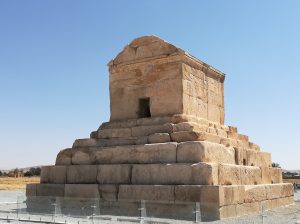
Tomb of Cyrus the Great at Pasargadae, Iran . 6th century B.C.
The rise of Persia and the conquests of Cyrus cannot be explained by strokes of fortune or fate, nor can they be explained simply by a one-sided insistence on the decline of the states conquered by Cyrus or by the convenient assumption of the intrinsic superiority of Cyrus nomadic peoples over sedentary ones. Victories of such magnitude, accompanied and followed by political control of territories and populations, mean that the Persian state apparatus had reached an advanced stage of development. Therefore, the Persian kingdom was not an isolated region of the world, but was well integrated into the commercial and geopolitical networks of the time. When Cyrus came to power, the state of which he was ruler had the military means and material resources necessary to embark on the path of conquest. Cyrus’s victories cannot be conceived without the prior existence of a structured State, with an organized and trained army, with a well-established royal authority, and with the existence of numerous contacts with the Mesopotamian kingdoms, India and the Mediterranean Sea.
In turn, Cyrus proved to be an able ruler, a successful conqueror, and a shrewd politician, whose pragmatic attitude was aimed at expanding and consolidating his power. With a cunning policy that combined military force and negotiations with local elites, Ciro was able to acquire a certain degree of acceptance by the subject peoples. This policy must have brought tangible benefits to the elites and the local population, and was also accompanied by effective propaganda. Given his political successes, several popular sagas were born on his person that made him a legendary figure, not only among the Persians themselves, but also among many other peoples over whom he exercised his rule. All these stories have as their main objective to exalt the memory of a charismatic founder, marked from his birth by the signs of an unusual destiny. However, there is no place in a serious historical representation for a “peacemaker”, a “liberator of the people”, a “father of human rights”, or other labels that evoke conceptual categories used in various ways in the contemporary world. Cyrus, like other conquerors of the ancient world, must be inserted into his own historical framework. Although the real Cyrus hides behind images created by himself and by individuals with their own interests and biases, Cyrus’s positive reputation in the ancient historiographical tradition must have some basis in the politics he pursued. Therefore, Ciro was undoubtedly an exceptional individual who in around ten years was able to create one of the largest empires that history has known and not only that, but also established the foundations for it to last two hundred more years.

Cyrus, the founder of the Persian empire, was undoubtedly one of the most notorious figures in ancient history. Contrary to others considered great figures of antiquity, such as Alexander or Julius Caesar, the figure of Cyrus, despite the praises that were made about him in different written sources of the ancient world, today does not have the same credit or recognition that they have other great figures in history. The Persian monarch was the founder of the largest empire the ancient world had yet seen, long before Alexander was credited with the same achievement, even though he enjoyed a shorter lifespan compared to the 230-year span. of the empire forged by the Persian monarch. Therefore, for the general public Ciro is a perfect unknown; for lovers of history he is surely a renowned figure, albeit magnified by a historiographical tradition centered mainly on the accounts transmitted by classical sources, whose narratives were greatly influenced by his negative view of the Persian empire; Cyrus, however, is taken as a model to show a strong contrast between his figure and that of his decadent successors (with the exception perhaps of Darius).
Throughout this book, Dr. Velázquez not only delves into the origins of the Persian empire, the figure of Cyrus and his military conquests, but also in other aspects of Persian culture at the beginning of the empire, such as the Elamo-Iranian acculturation, the administration of the empire, the religion professed by the Persians, the social structure, the composition of the army, the beginnings of Persian art, construction projects, etc. The result is a work that goes beyond a typical biography, showing a much broader vision of what the Persian empire was like in the time of Cyrus and in that of his immediate successors. Many topics and traditional views about the Persian empire are reviewed and confronted with other theories that will not leave the reader indifferent.
Presentation may 28th, 2022 at 19:00 Ecosofía room Centro Cultural Persépolis, 2 Esquilache street, Madrid, metros Canal (L 2/7), Rios Rosas (L 1), Cuatro Caminos (L 1/2/6), Alonso Cano (L 7).
AUTHOR: Velázquez Muñoz, Joaquín Doctor in Ancient History. Specialist in Ancient Iran
PUBLISHER: Mandala Editions
ISBN: 9788418672491 / EAN: 9788418672491 / REF: 9788418672491

ROUND-TABLE DISCUSSION. «Insights about Iran. History and Culture»
Casa Asia will hold a round table in Madrid on historical, literary and cinematographic aspects of Iran to help understand the Iran of yesterday and of today with greater clarity.

Academic meeting
On November 26th, 2021, the academic meeting Approaches to the Iran that was and that is, was held in collaboration between the SEI and the UAM. Approaches to the Iran that was and that is
Dear visitor
In this review of our website we present two articles: The Amesa Spenta and the Bible and the Treatise on the Letters, respectively by Dr. Antón Pacheco and Dr. Garrido Clemente. As usual we publish both texts in Spanish and English. This is the great novelty of this review.
Throughout the month of March just finished, we have made various adjustments to our website. The news section has been completely remade and we present three important news to you: firstly, the interview with our president, Dr. Vardosanidze, by Casa Mediterráneo, about Omar Khayam; interview carried out in the month of December 2020. Secondly, we bring to you the interview with Dr. Garrido Clemente, in the program Medina on TVE, of channel 2 of RTVE, and because of its relationship with the article by the said Doctor that we publish today (Treatise on the letters) deserves special attention. The interview took place in October 2020. Finally, we presented the webinar conducted by the authors (Dr. Camacho Padilla and Escribano Martín) of the book UNA VIEJA AMISTAD. Four hundred years of historical and cultural relations between Iran and the Hispanic world, a seminar organized by Casa Asia last February 2021. These interviews are only published in Spanish, which is the language in which they were conducted.
In addition to these news we have published on the occasion of NOWRUZ, the Persian New Year, some small brushstrokes about this celebration.
We hope that all these publications be of interest to you. As we will always be happy to receive your suggestions and criticisms in our email, you can access it in the contact us section
march 2021. The Board of Directors
With this revision we begin the publication of a thematic cycle dedicated to the Achaemenid Persia by Dr. Joaquín Velázquez Muñoz, who kindly allows us to publish his texts. In the current revision of our page we include two articles: From Susa to Ecbatana. Two alternatives to the Achaemenid Royal Road and The Achaemenid Royal Road in Central Asia; both texts were already published in the Revista Arqueología but we consider interesting to recover these articles that we now propose to our visitors.
Today we also present to the readers a new section called publications, in which we will collect the proceedings of the annual congresses held by the S.E.I. as well as the newsletters of the Society. We open the section with the publication of the latest published proceedings (Proceedings of the VII Congress) and we hope to soon recover all the previous publications made by the Society as well as all the future ones. This section replaces the one that previously appeared as members’ area and that to this date was empty of content.
In the time elapsed since the launching of our new website proposal until today, we have made small changes and corrections of minor problems that we had detected, as well as we have published several announcements and links to events related to the Iranian world in diverse aspects.
We are well aware that we still have to develop the entire area displayed on the right of the screen and that we intend to dedicate to the language, literature and dissemination of the Iranian world. It is an arduous and laborious task and with the limited resources that society has, it will still take us some time, but we do not give up at filling them with content progressively.
As usual, we encourage our visitors to send us their opinions, criticisms and suggestions, for this they have at their disposal the contact form as well as the email info@iranología.es. We would like to know your point of view. Needless to say that any proposal of collaboration will be very welcome and would be carefully considered.
february 2021. The Board of Directors
Life is a constant flux and pure change. Everything is subject to change. Our page and our society S.E.I. could not be oblivious to this reality, so today we present before your eyes a new version of our, today old, in computer terms 10 years is an era, website. In that version we basically talked about ourselves: who we are, our objectives, our organization, our congresses … Now we want to change the focus and transfer it not to ourselves but to the Iranian World, which is nothing else but the fundational reason of the S.E.I. Consistent with this premise, we have given a thorough change to the page you are now accessing to. We want to give space and voice to specialists in the various subjects that make up the Iranian world. We retain information about our organization, since it cannot be avoided that those who are interested in it have access to all that information, but without it becoming the core of our website.
We want to present articles by specialists in different fields of knowledge that shed light on various aspects of the history, literature, thought, science etc … related to the Iranian world. Our intention is to publish periodically (the ideal would be every month, or every couple of months at the most) a new article, some reflection or study that sheds light on different aspects of that world so complex and attractive, so old and so new and, at the same time, so unknown to the general public of our western societies. These articles will be collected under the heading collaborations that appears in the main menu of the page,. Immediately, next to it, under the heading collaborators a very brief profile of the authors of said articles will be displayed. Under the heading news all those information will be collected that because of entering either in the goals of SEI or in the world of Iranology we consider to be of interest to our readers.. The activities heading includes three groups of activities carried out directly by the SEI or in which the SEI somehow collaborates, namely: meetings, congresses and training, and they appear included in the three homonymous subcategories that are displayed when diving in the mother heading.
Under the heading about us all the institutional information of our society is published: composition of the board of directors, relationship of partners, statutes, and sponsors as well as the privacy policy of the web-site.
The section contact us has been included to convey suggestions and comments that our followers want to make us. This function activates a form for our visitors to send us their observations via email.
Lastly, we have added a users’ area that is a restricted access one which can only be accessed by whoever has been authorized and where information of interest to this group of people will be added. This area is still virgin and will be shaped according to the needs, demands and suggestions of the admitted visitors. In principle, all SEI members who are up to date with the payment of their fees will be automatically admitted to this group and will receive their access codes by email
To the right of the screen we have added a side column where various thematic groups appear. At the top you find a classic search engine that allows us to track the expressions entered in the search box in the contents of the web-site. Below you find a block with the latest news regarding the S.E.I. and a calendar of events that will include all those that are relevant to our association. Next, a series of spaces are displayed in which different areas of the Iranian world and culture find their way . These spaces are still a pending development and constitute the true novelty of this web-site, we invite our associates and friends to get involved in their development.
We want to build up this column with the participation of all partners and friends who believe they can contribute somehow, even if it is only their criticism. Consequently, it is very possible that this column will see spaces fall and new ones appear. Welcome to that dynamic. We are looking forward having brainstorming collaborations and suggestions very soon! It would mean, among other things, that our S.E.I. it is alive and active. We hope and hope that this possible dialectical process is comprehensive and constructive.
The current Board of Directors that was elected in the March 2020 electoral process are well aware that we run a risk in embarking on this adventure but we firmly believe that the future is conquered by assuming commitments and the risks that any adventure implies. This idea is a challenge that we gladly accept. Up to the extent in which we are able to fill thosee spaces with content, we will have achieved the objective that we have set ourselves by launching this new version of the website.
One last note. The website is conceived as a bilingual Spanish-English space. At the moment and in order not to delay the departure we do it only in Spanish but it is our commitment to present the counterpart in English in an immediate term, probably within the coming month of October.
September 2020, the Board of Directors


